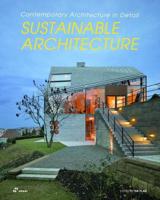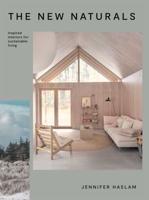Publisher's Synopsis
This report provides practical guidance on developing effective ventilation strategies for reducing the ingress of external pollution into buildings, while at the same time maintaining adequate ventilation. It takes into account relevant air pollutant sources (near and far) and assesses their combined impact before providing a potential ventilation strategy. Building designers are increasingly being encouraged to consider sustainable or low-energy ventilation as a primary design option for both new-build and refurbishment projects. Guidelines on ventilation requirements usually assume that the external air supply is fresh, and largely free from pollutants. However, incoming air may be contaminated by externally generated pollutants, which can render the incoming air harmful and put the occupants' health at risk. The guidance concentrates on non-domestic buildings in urban areas, since these contain the highest density of buildings and population, and usually the highest external pollution loads. However, the principles can be applied to domestic buildings and those in more open environments. It has been written primarily for the UK, but it can be applied in other countries using appropriate data sources.










